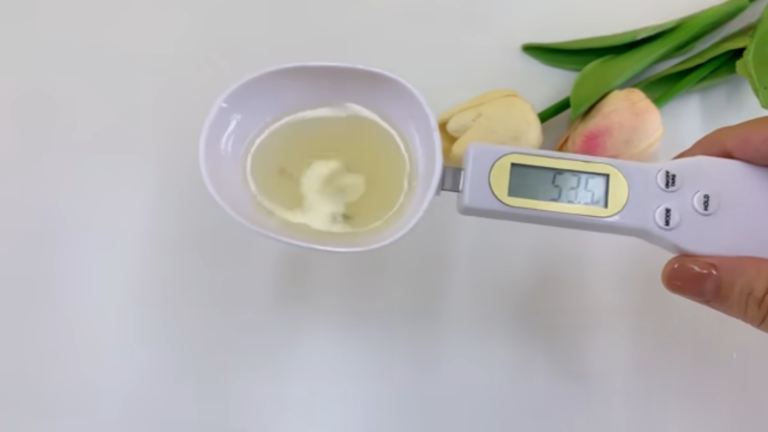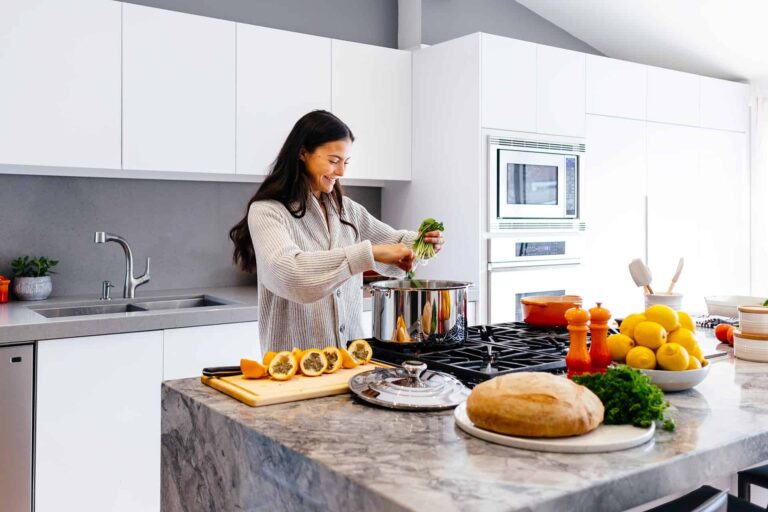The Science Behind Perfect Cooking: Mastering Heat, Time, and Ingredients

Cooking might seem like magic when a handful of ingredients turn into a delicious dish. But it’s not magic – it’s science! Every meal you cook is the result of specific processes where heat, time, and ingredients work together. If you understand how these three elements interact, you can take your cooking to the next level. Let’s explore the science behind perfect cooking in simple terms.
1. The Role of Heat: Transforming Ingredients
Heat is essential in cooking because it changes the texture, color, and flavor of ingredients. Think about it: raw dough becomes bread, a runny egg turns solid, and vegetables soften when boiled. This happens due to a process called **denaturation**, where proteins in food change shape when exposed to heat.
For example:
When you fry an egg, the heat changes the egg white from transparent to solid white.
In baking, the heat helps dough rise by creating steam, which makes bread fluffy.
There are different types of heat used in cooking:
Direct heat: Grilling, frying, and roasting involve direct contact with heat.
Indirect heat: Baking and steaming rely on hot air or water.
Getting the right amount of heat is key! Too much heat can burn food, while too little can leave it raw.
2. Time: Cooking Perfectly Without Overdoing It
Cooking is a balancing act where time plays a huge role. Cook something too long, and it burns or dries out. Too little time, and it’s undercooked. That’s why knowing how long to cook each ingredient matters.
For example:
Meat: Cooked for the right amount of time, it’s juicy. If overcooked, it becomes tough and chewy.
Pasta: Leave it too long in boiling water, and it gets mushy. Cook it just right, and it stays firm and perfect, or what Italians call “al dente.”
Some foods benefit from slow cooking, like stews or soups, where giving time allows flavors to mix beautifully. Other times, food needs quick cooking, like stir-frying, where vegetables stay crunchy and fresh with just a few minutes in the pan.
3. Ingredients: Quality and Chemistry Matter
Ingredients are the building blocks of any dish. But did you know that the way they react with each other also affects the final result? Let’s explore a few examples:
Salt: Adding salt to boiling water for pasta boosts the flavor. Salt also helps draw out moisture when seasoning meat, making it tender.
Acidic Ingredients: Lemon juice or vinegar can break down proteins in meat, which makes it softer (that’s why marinades often have these ingredients).
Baking Powder and Baking Soda: These are leavening agents used in baking. They create bubbles, helping cakes and bread rise.
Also, fresh ingredients tend to taste better. A fresh tomato has more flavor than a canned one, and good-quality olive oil can elevate even a simple salad.
4. How Heat, Time, and Ingredients Work Together
The magic happens when heat, time, and ingredients are balanced perfectly. Take baking cookies, for example. The heat melts the butter and sugar, the flour reacts with baking powder to create rise, and the cooking time ensures they’re neither too soft nor too hard.
Similarly, roasting vegetables in the oven with olive oil and herbs brings out their natural sweetness. The heat softens the veggies, the time allows caramelization (a process where natural sugars turn brown), and the herbs add extra flavor.
Perfect cooking requires understanding the relationship** between these elements. Even small changes can impact the result. Too much heat might burn garlic in seconds, while cutting cooking time for chicken can leave it raw inside.
5. Tips for Perfect Cooking Every Time
Here are some quick tips to keep in mind:
Preheat your oven or pan before cooking for even heat distribution.
Use timers when cooking so you don’t forget your food on the stove.
Experiment with flavors by mixing ingredients like spices, herbs, and sauces.
Taste while cooking to adjust salt, sugar, or spices.
Keep an eye on ingredient quality fresh is always best!
Conclusion
Cooking isn’t just about following a recipe; it’s about understanding how **heat, time, and ingredients** interact. When you know how each element works, you can create dishes with better flavor, texture, and presentation. So, the next time you step into the kitchen, think of yourself as a scientist – experimenting, observing, and enjoying the process. Perfect cooking is just a balance of science, time, and a bit of love!
Happy cooking!




